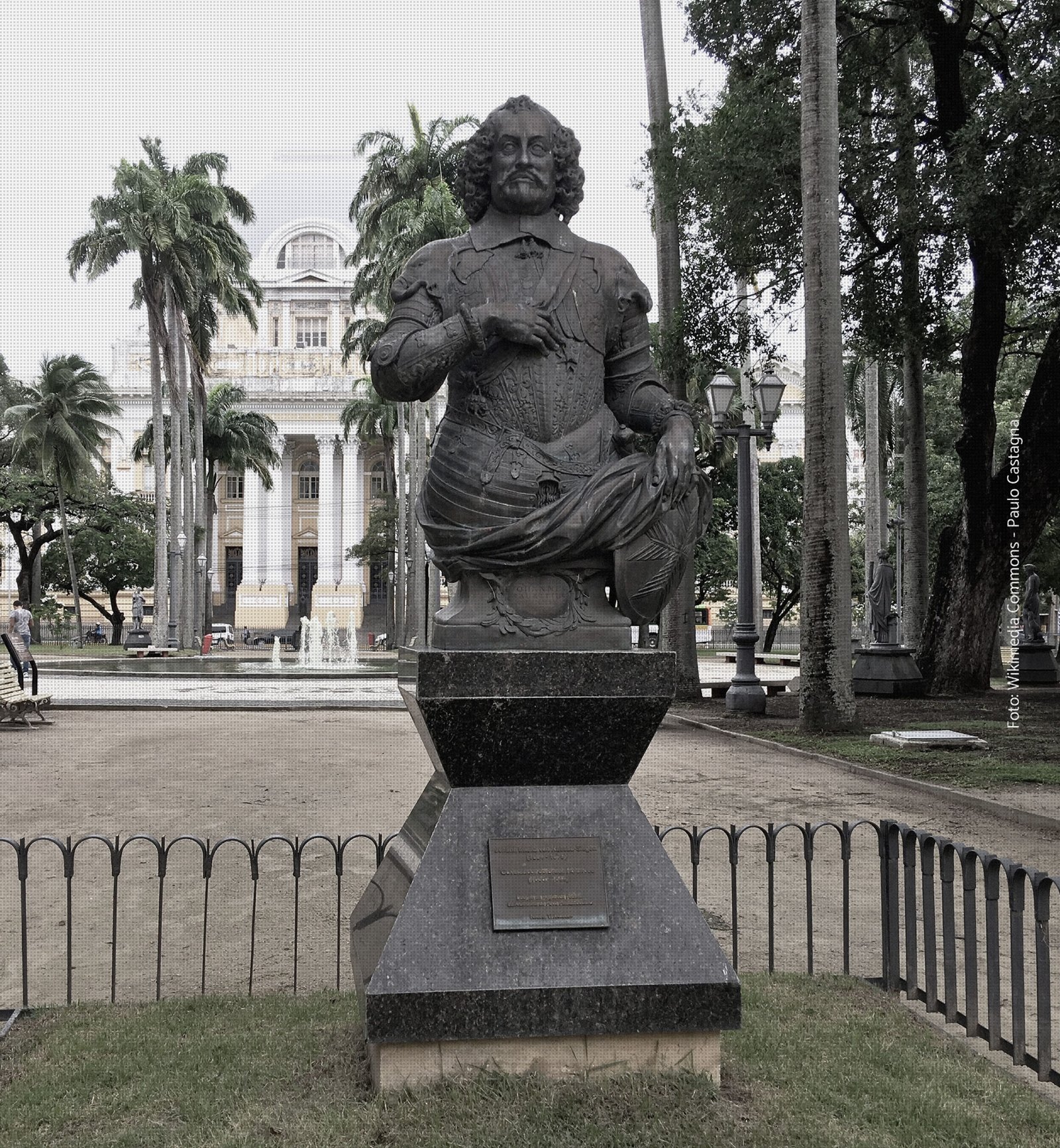The Exposition
HONORAGE'S CRIMES ARE EXPOSED HERE
Slave traffick, genocide, support for the pro-slavery regime, and other crimes against humanity that history insisted on hiding.
Currently 73 racist works of art in exposition
( 1604 - 1679 )
João Maurício de Nassau-Siegen was a count, military man and colonial administrator of Germanic origin, but living in the Netherlands. Nassau became known in Brazil for having been one of the administrators of the Dutch domain in the Northeast in the 17th century. In 1637, Mauricio de Nassau arrived in Recife to exercise the post of governor general of the colony of the Dutch in the region of Pernambuco. In the seven years (1637-1644) in which he held the position, he was responsible for several initiatives that interfered in the city of Recife, such as the construction of bridges, works of urbanism, the encouragement of the arrival of artists, painters, botanists and scientists and guarantee of religious freedom.
Although Nassau was recognized as an enlightenment, humanist and science-related man, he was responsible for reactivating the trafficking of enslaved Africans from Africa to Brazil. To stimulate sugar production, the Count reactivated the slave trade to feed the sugar mills.
In 1643, an embassy of the Kingdom of the Congo traveled to Recife to negotiate the African traffic in person with Nassau. During the period Nassau was in administration, the territory received 7,400 enslaved people trafficked from Africa. The West Indies company was the company responsible for human trafficking, the same company that appointed Nassau as administrator of the colony in Brazil.

Inauguration: 2004

Slave traffick, genocide, support for the pro-slavery regime, and other crimes against humanity that history insisted on hiding.
Currently 73 racist works of art in exposition